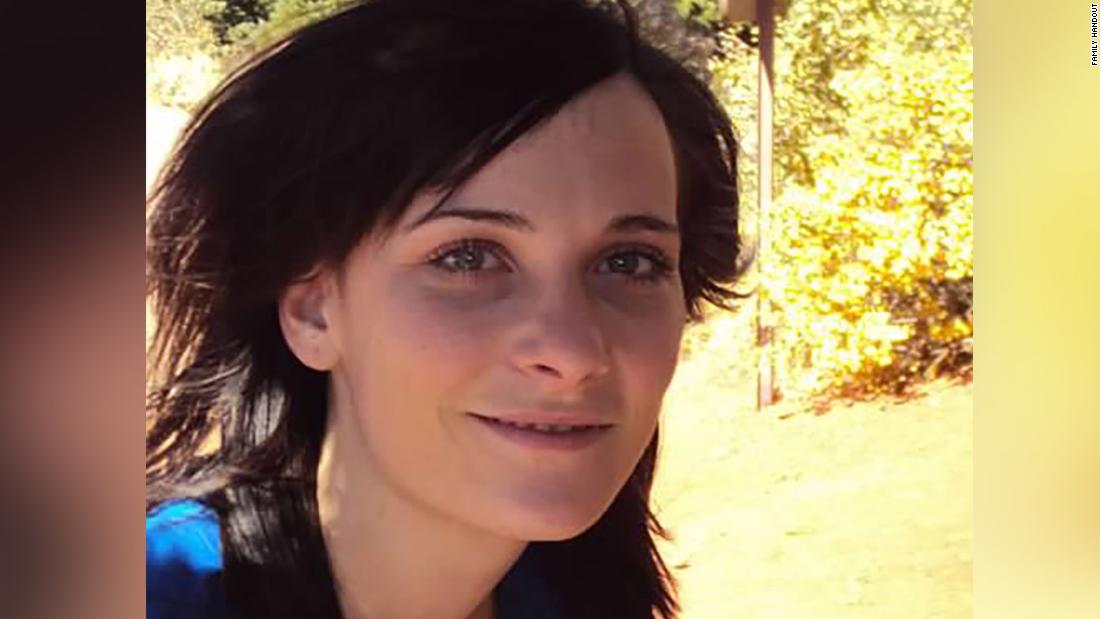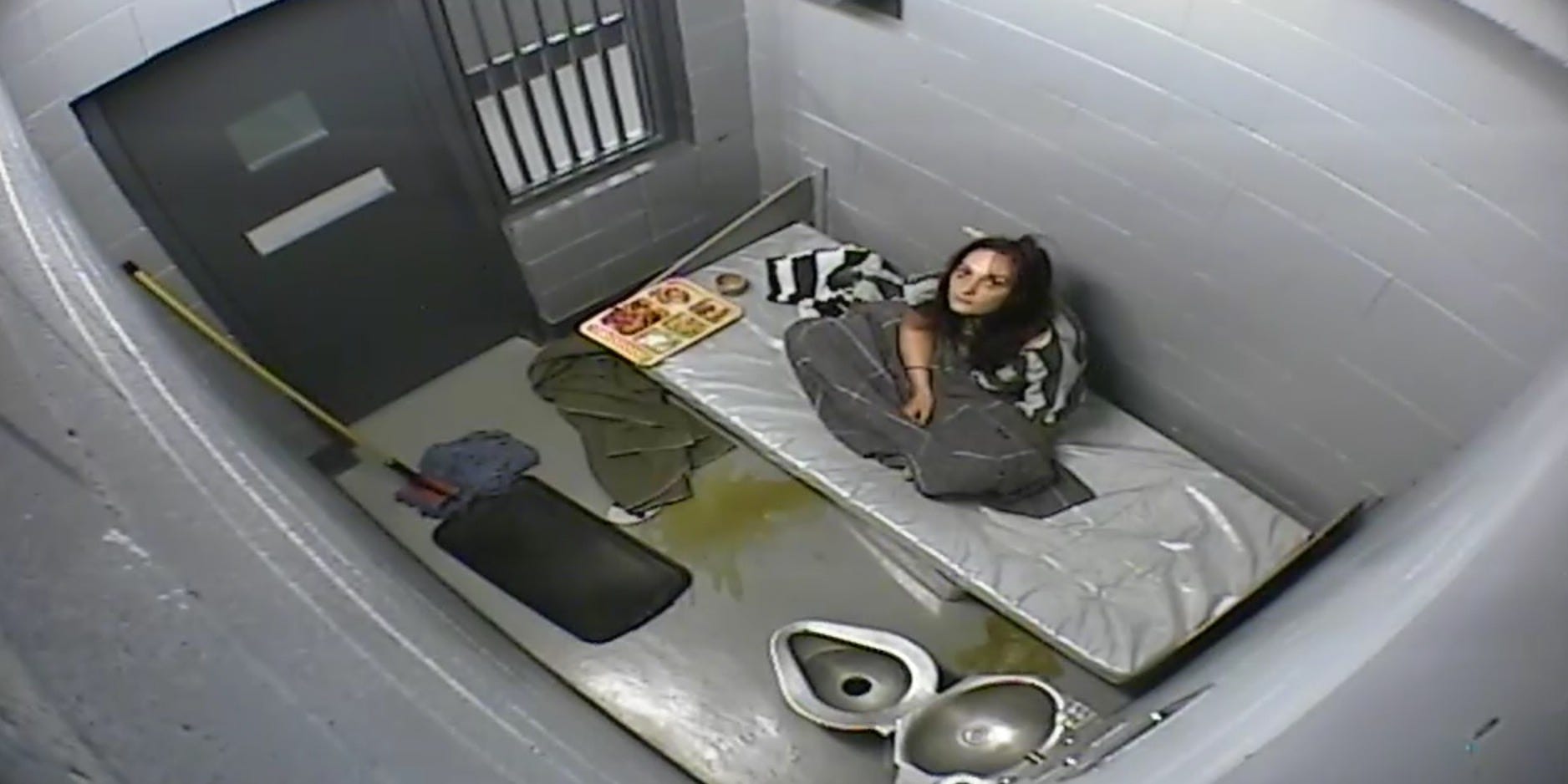
Kelly Coltrain
On July 23, 2017, 27-year-old Kelly Coltrain was “found” dead on the floor of her cell in the Mineral County Jail, in Hawthorne, Nevada. This week, two years later, her family won a $2 million settlement and an agreement that a Federal judge would monitor the jail for the next four years. The family’s attorney noted that the federal monitoring was more important to the family than the money: “If we accepted just money, there was no guaranteeing that future situations for other prisoners would not occur and future tragedies would be around the corner.” What happened to Kelly Coltrain in the Mineral County Jail? The routine torture of women in jails across the country. Here’s a very partial list of women who have died in jails in the past few years, women whose death we have attempted to memorialize: Chuneice Patterson, Onondaga County Justice Center, New York, 2010; Amy Lynn Cowling, Gregg County Jail, Texas, 2010; Christina Tahhahwah, Lawton, Oklahoma, 2014; Madaline Christine Pitkin, Washington County Jail, Oregon, 2014; Natasha McKenna, Fairfax County Jail, Virginia, 2015; Sarah Lee Circle Bear, Brown County Jail, South Dakota, 2015; Joyce Curnell, Charleston County Jail, South Carolina, 2015; Kellsie Green, Anchorage Correctional Complex, Alaska, 2016; Madison Jensen, Duchesne County Jail, Utah, 2016; Brianna Beland, Charleston County Jail, South Caroline, 2017. Add Kelly Coltrain to this list. Every one of these women died in agony, screaming and begging for care.
Kelly Coltrain, from Austin, Texas, was on her way to her grandmother’s 75th birthday celebration, in Reno, Nevada. Kelly Coltrain was stopped, in Hawthorne, Nevada, for speeding, and police found she had unpaid traffic or parking tickets. Kelly Coltrain had no criminal record. Bail was set at $1750, and so Kelly Coltrain sat in the Mineral County Jail. She told the staff she was drug-dependent, suffered from seizures, and would need medical assistance. The staff refused. Mineral County Jail is across the street from a hospital. The staff refused. Kelly Coltrain vomited repeatedly, refused to eat, trembled or lay perfectly still. The staff watched on video and refused to help. At some point, a staff member brought Kelly Coltrain a mop and told her to clean up the mess. Less than an hour later, Kelly Coltrain died, in a seizure. Kelly Coltrain lay, dead, on the floor for six hours. Finally, a staff member walked in, found Kelly Coltrain cold and inert on the floor, nudged her with his boot, went out, called his sergeant. Kelly Coltrain lay on the floor for another four hours. The staff did not call a paramedic. Kelly Coltrain lay cold, inert, in a fetal position on the floor and “nobody called for medical assistance.”
Kelly Coltrain did not die nor was she “found” dead. She was murdered. The staff did not “fail” to pay attention or to care for Kelly Coltrain. The staff refused to pay attention, refused to care for Kelly Coltrain. Kelly Coltrain’s death was preventable, avoidable and foretold. Staff refused to listen, see, monitor, engage, respond, care. Staff refused to follow directives and procedures, as they had so many times before, without consequence, and so many jail staffs across the country do every day, especially if the incarcerated person is a woman, a woman of color, a working poor woman; a women living with mental health illness, addiction, or pretty much anything, and the list goes on.
How did the local authorities initially respond to Kelly Coltrain’s death: “It’s just really difficult for a small rural county like this to handle what is just a massive problem. There are so many people addicted to substances who end up going through withdrawal in the jail.” It was Kelly Coltrain’s fault. She shouldn’t have ended up in a small rural county jail. It was Kelly Coltrain’s fault. She should have known better. What if Kelly Coltrain’s family hadn’t persisted? Who would have known? Our Great Refusal is built of an infinite number of grimy little refusals, and meanwhile, in jails across the country, women in agony beg and scream for help, then lie in fetal positions on cold cell floors. When they are finally found, they receive the toe of a boot, and nobody calls for medical assistance.

Kelly Coltrain
(Photo Credit 1: CNN) (Photo Credit 2: Reno Gazette Journal)


